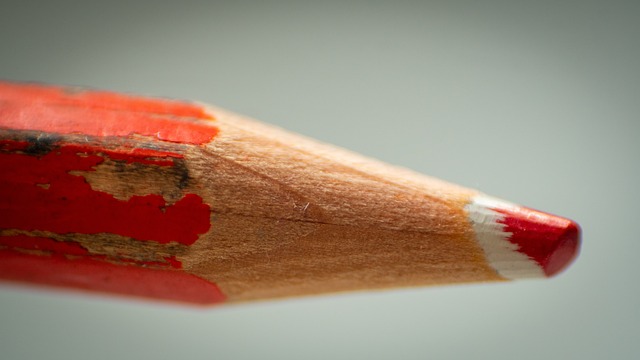Introduction: The Enchanting Fusion of Resin and Dried Flowers
Resin art continues to capture the imagination, offering a versatile way to encapsulate objects and craft stunning, long-lasting pieces. Pairing the crystal clarity of resin with the delicate charm of dried flowers elevates this craft, allowing you to immortalize nature's fleeting beauty within functional, captivating coasters.
Gathering Your Supplies: The Essential Toolkit
Before embarking on your project, gather all necessary materials. Precision and safety are key. You'll need high-quality epoxy resin formulated for art, completely dried flowers, suitable coaster molds (silicone offers easy release), optional resin pigments, disposable mixing cups, stir sticks, a heat gun or torch lighter for bubbles, nitrile gloves, safety glasses, and a respirator mask for fumes. Ensure your workspace is well-ventilated and protected.
- Epoxy resin (casting or art-specific, low viscosity)
- Completely dried and pressed flowers (various types/colors)
- Silicone coaster molds (round, square, hexagonal, etc.)
- Resin pigments or mica powders (optional, for color/effects)
- Disposable mixing cups (graduated for accurate measuring)
- Wooden stir sticks or silicone mixing tools
- Heat gun or torch lighter (for bubble removal)
- Nitrile gloves
- Safety glasses or goggles
- Respirator mask (recommended for fumes)
- Tweezers (for precise flower placement)
- Protective covering for work surface (e.g., silicone mat, plastic sheeting)
- Level work surface
- Well-ventilated workspace
Step-by-Step Guide: Crafting Your Floral Resin Coasters
- **Prepare Workspace & Molds:** Cover your level work surface. Ensure molds are clean, dry, and free of debris. Confirm your workspace is well-ventilated.
- **Measure & Mix Resin:** Put on safety gear (gloves, glasses, respirator). Carefully measure the resin and hardener according to the manufacturer's exact ratio. Mix slowly and thoroughly for 3-5 minutes, scraping the sides and bottom of the cup to ensure complete integration. Avoid whipping air into the mixture.
- **Pour Base Layer (Optional but Recommended):** Pour a thin, clear layer of resin (approx. 1/8 inch or 3mm) into each mold. This anchors the flowers. Remove any initial bubbles with a heat gun (quick passes). Let this layer partially cure (gel stage) for 30-60 minutes, depending on the resin.
- **Arrange Flowers:** Using tweezers, gently place the dried flowers onto the slightly cured resin base in your desired pattern. Press them lightly into the resin to prevent floating.
- **Pour Top Layer:** Mix a new batch of resin if needed. Carefully pour the resin over the flowers, ensuring they are fully submerged. Fill the mold nearly to the brim, allowing for slight settling.
- **Eliminate Bubbles:** Immediately after pouring, use a heat gun or torch lighter to remove surface bubbles. Hold the heat source several inches away and use quick, sweeping motions. Do not overheat any single area.
- **Cure:** Cover the molds (e.g., with a clean box) to protect from dust and debris. Allow the resin to cure fully in a level, temperature-controlled environment according to the manufacturer's instructions (typically 24-72 hours). Avoid disturbing the coasters during curing.
- **Demold & Finish:** Once fully hardened (no longer tacky), carefully flex the silicone mold to release the coasters. If edges are sharp, wet-sand them smooth using fine-grit sandpaper (start with 400 grit, move to 800 or higher). You can apply a thin resin top coat for extra shine and protection if desired.
Tips for Flawless Results: Avoiding Common Pitfalls

- **Bubble Prevention:** Mix resin slowly and deliberately. Pour close to the surface. Use a heat gun correctly. Warming resin bottles slightly (in warm water) before mixing can reduce viscosity and bubbles.
- **Flower Perfection:** Ensure flowers are *completely* dry (pressed or silica-dried). Any moisture will cause browning, cloudiness, or prevent proper resin curing. Consider sealing delicate or porous flowers with a sealant spray first.
- **Precise Layering:** Pouring in thin layers (max 1/4 inch or 6mm per layer, unless using deep pour resin) prevents overheating (exothermic reaction) which can cause yellowing, warping, or excessive bubbles.
- **Tackling Stickiness:** Sticky or soft cures are usually due to incorrect mixing ratios, insufficient mixing, or low curing temperatures. Double-check measurements and mix thoroughly.
- **Easy Demolding:** Silicone molds generally don't need release agents, but ensure they are clean. For other mold types, use a mold release spray specifically for resin.
Elevate Your Designs: Exploring Color and Embellishments
While dried flowers provide inherent beauty, enhance your coasters further! Add transparent resin dyes for a stained-glass effect, opaque pigments for solid colors, or shimmering mica powders for pearlescent swirls. Experiment with adding fine glitter, gold leaf flakes, or even small pebbles alongside your flowers for truly unique, personalized creations.
Continue Your Resin Journey: Further Learning
Eager to explore more resin art techniques? Numerous online communities, video tutorials, and supplier websites offer advanced guidance, project ideas, and troubleshooting tips. Connect with fellow artists and keep experimenting to refine your skills.